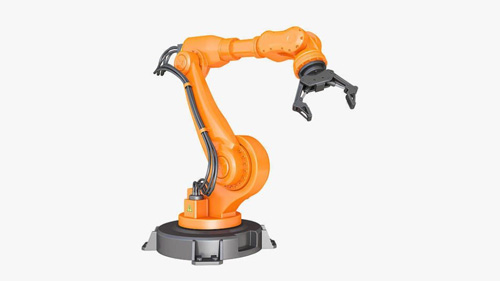
Source: Pinterest
Every piece of equipment requires maintenance: Robots are not exceptional. Maintenance is required to guarantee peak productivity and uniformity. When robots are not subjected to consistent maintenance inspections, parts and components might crash, resulting in a manufacturing downturn or stoppage.
Various robotics firms advocate varying intervals between industrial robot preventive maintenance. You may avoid costly unforeseen downtime due to mechanic difficulties by scheduling maintenance in this manner, regardless of how long your handbook suggests. While planned maintenance may cause a brief halt in production, it pales in comparison to the lost production time if your robot fails.
The correct maintenance of industrial robots may give them a chance to live for many years.Here’s frequent preventative maintenance routine you can follow. Read On!
Table of Contents
What is a quality that most robots have in common?

Source: Unsplash
A robot is basically a machine. This means that it is a piece of equipment that is designed for efficiency and performance. Every robot is intelligent. Whether it is designed to be mobile or stationary, they are able to perform their duties nonstop. As a machine, it is easy to detect an issue in its system and send an error message to the relevant server or database.
Components of an Industrial Robot.
Sensors
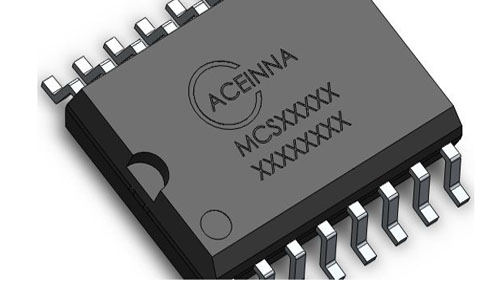
Source: Pinterest
Sensors offer input to industrial robots about their working environment. Vision systems and microphones are the most prevalent types of sensors, as they serve as a robot’s eyes and ears. Sensors send signals to the robot’s CPU, allowing it to adapt to its working environment effectively.
Robot Arm
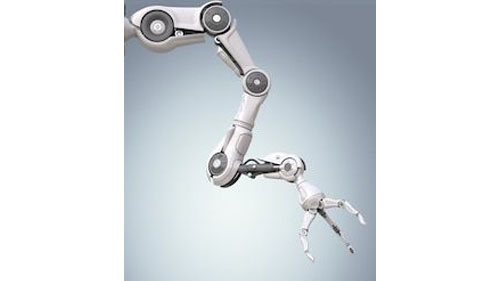
Source: Pinterest
You may have noticed that the majority of industrial robots have the same basic design, which includes a robot arm. The robot’s end effector is positioned using an industrial robot arm. The Robot arms may differ in size and shape, but in general, they are meant to replicate a human arm with shoulder, elbow, and wrist like parts.
These components allow robots to place end effectors in order to complete a task accurately. Each component of a robot arm serves as a degree of freedom or axis. Most industrial robots have six axes, giving them a range of motion equivalent to that of a person.
End Effectors
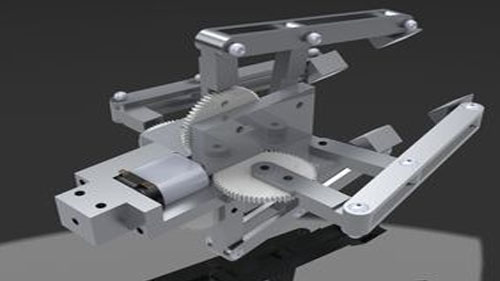
Source: Pinterest
End effectors are robotic hands that are connected to the end of a robot arm. These are known as the end of arm tooling (EOAT) and come in various shapes and sizes depending on the purpose. While a robot arm, such as the EVS robot arm, might be equipped with an EOAT gripper to move pieces and construct a product. Some robots can be equipped with numerous end effectors that can be exchanged automatically using a tool changer, allowing the robot to execute a variety of tasks.
Controllers
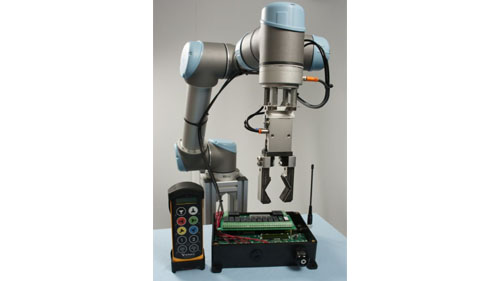
Source: Pinterest
The robot controller is a computer that is linked to the robot and functions as its “brain.” A controller is required for all industrial robots to function. The controller is used to give instructions to the robot in the form of code, which is also known as a program.
Through the use of a hand-held controller terminal, robotic programming is entered into a controller. Once the software has been uploaded to the controller, the information will be sent to the robot’s central processing unit. The CPU is a little chip inside the robot that allows it to process and execute the instructions.
Drive

Source: Pinterest
The engine or motor that propels the various robot elements around is the drive of an industrial robot. Typically, robot drives are hydraulically, electrically, or pneumatically driven. Hydraulic drives have more power and speed, but electric drives are often less powerful. Pneumatic drives are commonly used in smaller robots.
What if encountering robotic arm malfunction?
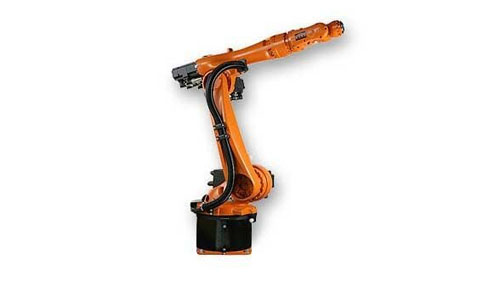
Source: Pinterest
Robotic arm malfunction can occur since machines tend to break down. The essential aspect of it all is to ensure that you strictly follow the robot arm user manuals for the repair.
Every robot comes with a user manual. It helps know the space durations between robot maintenance and what to do in case of a malfunction. They give a detailed analysis of what to do in whatever situations that may arise.
This is precisely the reason why you need to get your industrial robot from a globally trusted entity—working with such guarantees gives you a robot that suits your every production necessity. This is significant since you do not want to spend more money repairing an already expensive asset due to frequent breakdowns.
How we repair Industrial robots?
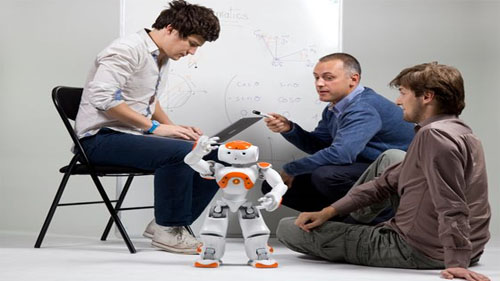
Source: Pinterest
As said earlier, robots break down just like any other machine. Instead of buying a new one, repairing it will be much better.
The EVS team of specialists are well equipped with both knowledge and industry expertise to do robot repair and servicing. Here are a few things to note:
You cannot repair what you do not know. Before deciding to repair your robot, analyse its data response to see if it may be throwing errors. If so, then you need to fix that.
Industrial robots, as stated earlier, have different parts assembled. Go through every part, step-by-step, cleaning and doing repairs until you are done with the entire robot.
Always remember to use your user manual to avoid unnecessary damage to your robot. The essence of the booklet is to guide you in such scenarios. So before you open your robot up, read the manual.
Clean your robot: Sometimes, the greasy parts may be the reason why your industrial robot is running slow in its productivity. Every once in a while, disassemble your industrial robot and clean out its parts. It helps to avoid unnecessary repair costs.
Robot Preventive Maintenance Checklist

Source: Unsplash
While each sort of robot will have its repair plan, you’ll like a ledger for a variety of maintenance items throughout your routine examinations. You’ll need the following checklist:
Controller memory backup
Inspection of brake operations
Visually examine the teaching pendant and the controller cables
Check the overtravel restrictions.
Have external bolts tightened
Regularly check and replace the RAM and APC batteries if necessary.
Use compressed air to clean vets and cooling fans. Do filter replacements when it necessitates.
Clean robot chips and remove waste
Tidy up light curtains and sensors
Frequently check your robot
Robot maintenance costs: Factor to consider when maintaining a robot
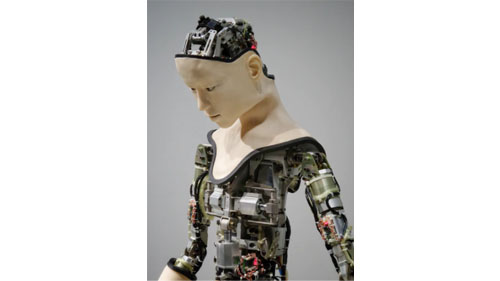
Source: Unsplash
The Return on Investment: Robot investments is not all about getting the job done. Ensuring that the return on investments is higher than the average spending on maintenance helps to eliminate the risks of breakdown losses.
The average output: If your industrial robot gives higher outputs than the average human workforce, regular maintenance is a good idea. It will help get higher outputs in a short time and lower costs.
Local availability of spares: Spare parts are significant in your maintenance goal. Ensure that it is easier to get the spare parts. Robots that require the importation of spare parts are quite expensive to maintain.
Workload intake: For robots that handle larger workloads, maintaining them requires care and precision since their failure will mean a loss at its highest.
Conclusion
Industrial robots are quite expensive and a big step to take on. It’s essential to know which type you are investing in, within your firm, depending on what you deal with. Reach out to industry experts that will help you in making the right decisions. Remember to always make use of your user manual. Good luck!
